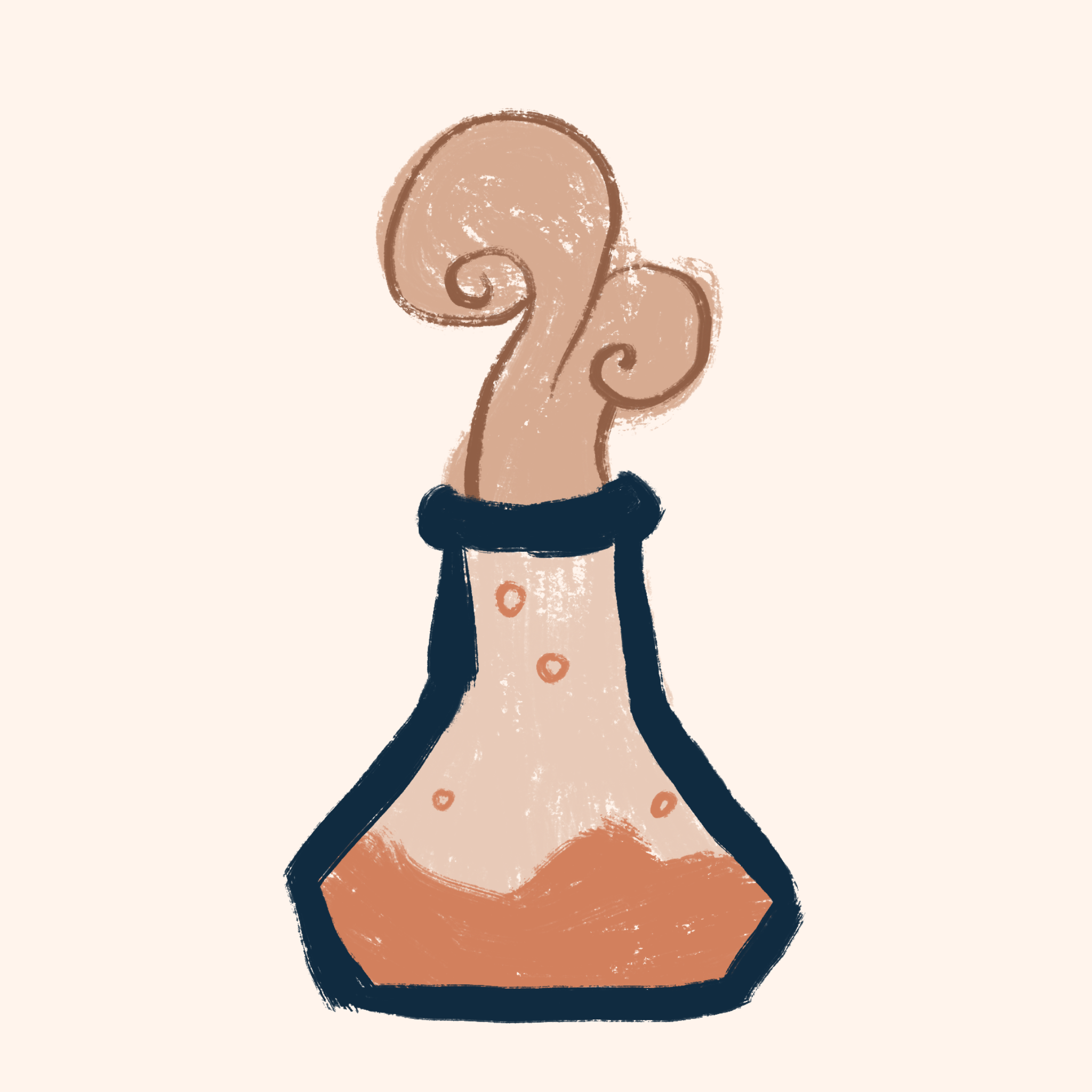- Reactants: The molecules that react (before the ->)
- Products: The molecules that are formed (after the ->)
- Alkanes are not very reactive because because they are saturated (they don’t have a C=C carbon-carbon double bond)
- Alkenes are unsaturated (they have a C=C) which means they are more reactive
Substitution reactions
Alkanes react with halogens (group 17 elements like F, Cl, I, Br) in the presence of UV light to produce haloalkanes and hydrogen halides

Tips for naming:
Halogens: Fluorine, Chlorine, Bromine, Iodine (ine -> diatomic)
Halides: Fluoride, Chloride, Bromide, Iodide (ide)
What’s actually happening:

Addition reactions
Hydrogenation
Adding hydrogen to an alkene to turn it into an alkane.

eg. Ethene + hydrogen -> ethane
What’s actually happening:

Halogenation
Adding a halogen to an alkene to form a dihaloalkane.

What you add: eg. Cl2 , I2 , Br2
What’s actually happening:

Propene + Bromine -> 1,2-dibromopropane
How it is named:
Remember it has the format of “dihaloalkane”
- The “di” stays there.
- “Halo” is the part of the halogen with the “-ine” removed and an “o added at the end. (eg. chlorine -> chlor -> chloro)
- The “alkane” has the same name as the alkene, but the “ene” changes to “ane”. (eg. “propene” -> “propane“ )
- The numbers at the front depend on the structure. Count from the side with the nearest halide and write where the halides are. (Eg. if both are on the last carbon, then you would write “1,1“)
If we add all of these steps together the example answer is: 1,1-dichloropropane
Hydrohalogenation
Adding a hydrogen halide to an alkene to form a haloalkane.

How it looks:

eg. Butene + hydrogen iodide -> 2-Iodobutane
How it is named:
Remember it has the format of “haloalkane”
- “Halo” is the part of the halogen with the “-ine” removed and an “o added at the end. (eg. chlorine -> chlor -> chloro)
- The “alkane” has the same name as the alkene, but the “ene” changes to “ane”. (eg. “propene” -> “propane“ )
- The numbers at the front depend on the structure. Count from the side where the halide is nearer. (Eg. if it is on the last one, you would write “1“)
If we add all of these steps together the example answer is: 1-chloropropane
Hydration
Adding water to an alkene to form an alcohol.

Here are notes about how alcohols are written.
How it looks:

eg. Ethene + water -> ethanol
Do you want to know how you can differentiate between alkanes and alkenes experimentally? Here are notes on the bromine water test.
Have any questions about this topic? Leave a comment below and I’ll get back to you 🙂


Leave a Reply